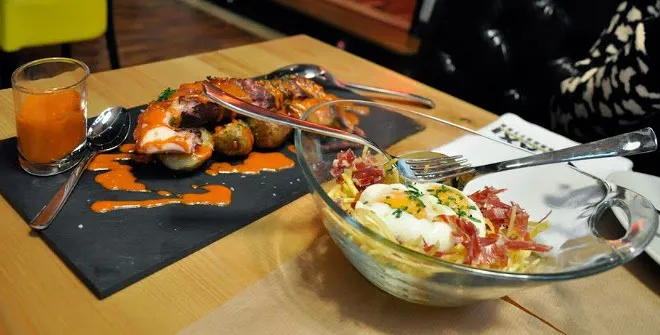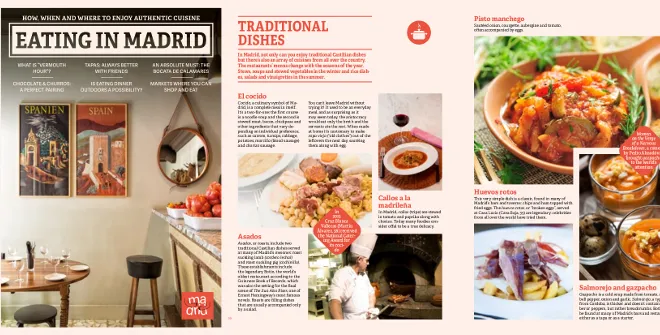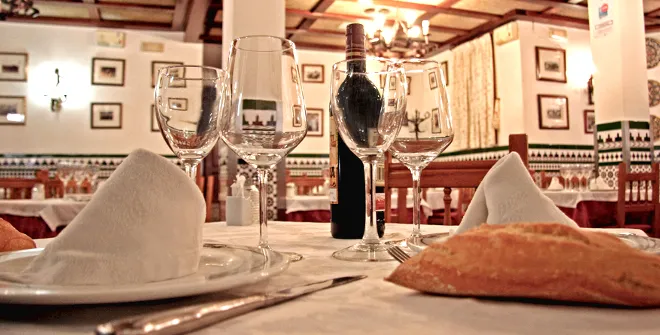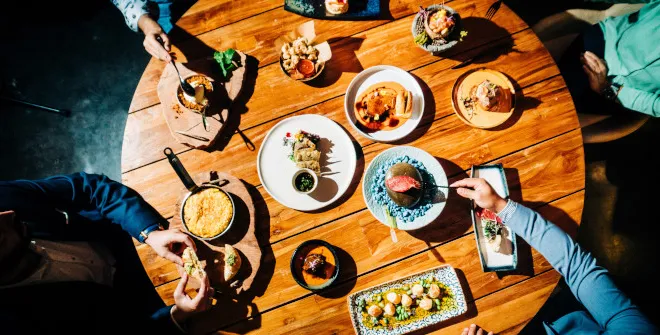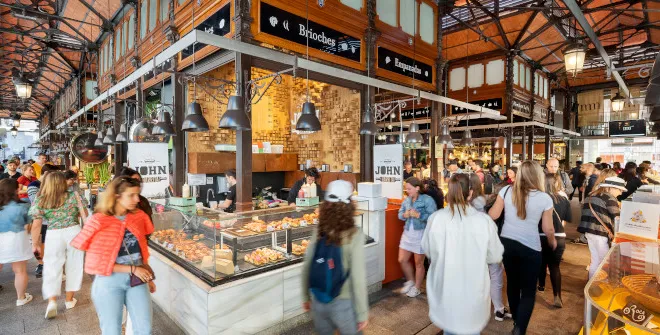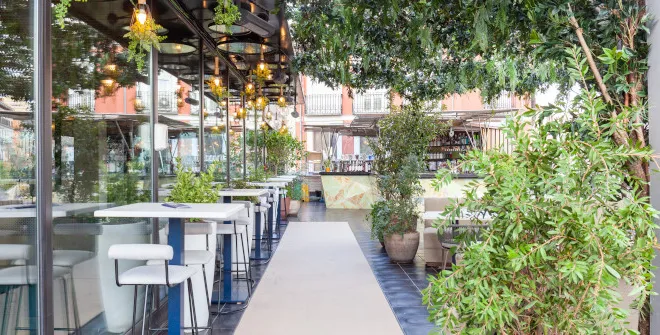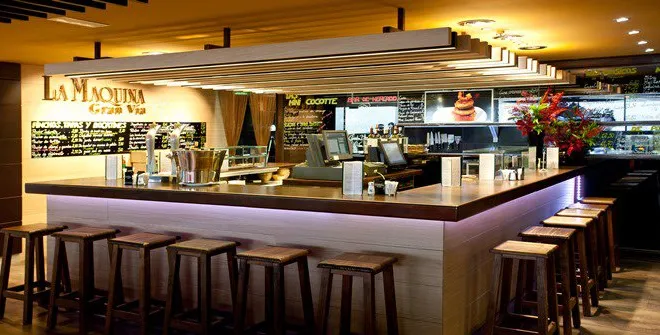The Flavours of Madrid
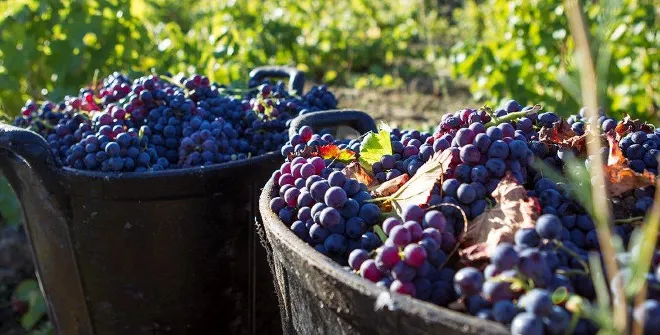
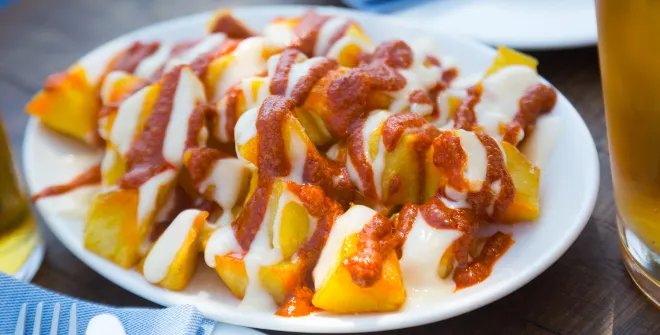
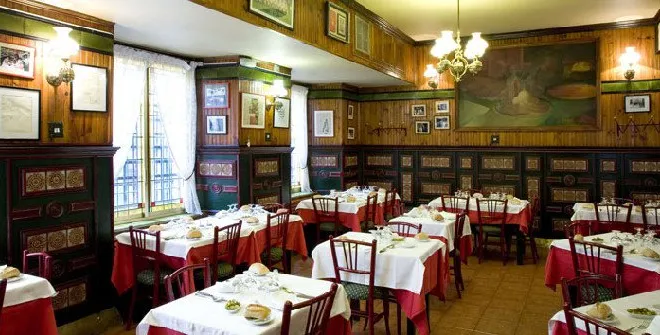
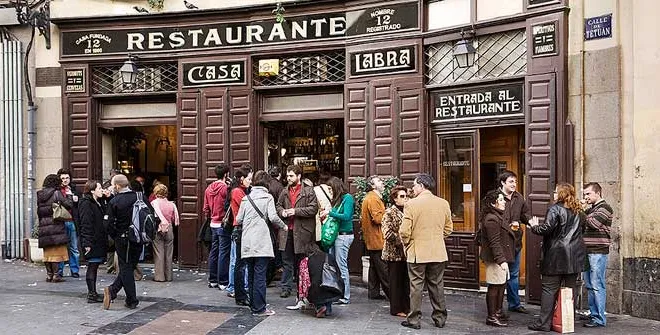
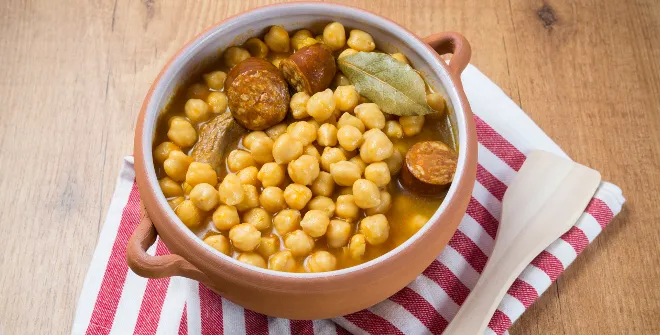
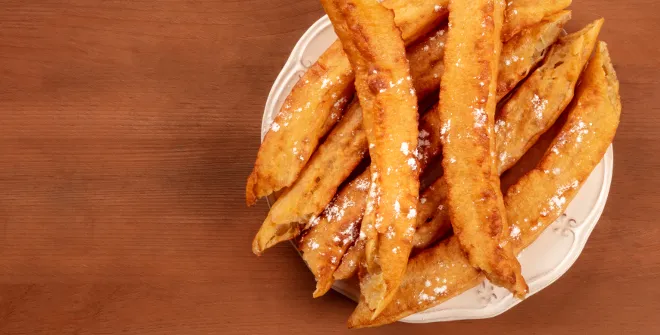
Despite the centuries-old wine-making tradition, it was only in 1982 that Madrid got its own Designation of Origin. It was effectively launched eight years later, when the Regional Government and the Ministry of Agriculture officially approved the quality of the wines made in the Region of Madrid.
The Madrid Designation of Origin establishes four sub-areas, each with unique characteristics:
- Arganda: The largest area, it’s located in the southeast of the region. It comprises 22 wineries and produces nearly 20 million litres a year (60 per cent of the total).
- San Martín: The smallest of the three areas but the second largest in terms of production. It’s situated in the southwest of the Region of Madrid. The most common grape variety here is Garnacha, which makes full-bodied reds.
- Navalcarnero: Located in the south of the region, it stands out for its rosé wines. In the last years, it’s focused on young reds that are barrel aged for a short while.
- El Molar: as the only one located in the north of the region, its grape has special characteristics due to the climate conditions, the height and granite and slate soil.
The best wines of the land are made with high-quality native white grapes: Malvar, used to make young, fresh wines, and Albillo, grown in San Martín, used in white wines with wonderful aromas and a fine taste.
Tapeo, which means going on a bar tour for bite-size food or tapas and washing them down with wine or beer, is among the best known Spanish eating habits.
Madrileños really enjoy going out to tapas bars, which are the nerve centre of Madrid’s nightlife. Go straight to the counter and ask for a caña (a glass of beer) to wash down your patatas bravas (spicy potatoes), bocata de calamares (squid sandwich), cazuela de callos (tripe stew) or chopitos (small cuttlefish). You’ll look like a local if you eat your tapas standing up at the counter. Soldaditos de Pavía, a typical cod dish from Madrid and some parts of Andalusia, which consists of a cod fritter accompanied by red pepper, can also be ordered.
In the past years, tapas bars have mushroomed across Madrid. However, the hottest tapas districts are Sol, Plaza Mayor and Plaza de Santa Ana, Madrid de los Austrias (Hapsburg Madrid) and La Latina, Chueca-Malasaña, and Conde Duque. Also the area of Retiro and Ponzano, the fashionable gastronomic street in Madrid.
One last bit of advice: don’t confuse the little snacks, like olives, peanuts or chorizo dices, that you get for free at some bars when you order a glass of wine or beer with tapas or raciones, which are more elaborate and larger servings you must pay for. Casa Labra, Bodega La Ardosa, Casa Julio and La Casa del Abuelo are great places to sample some traditional Madrid style tapas. Most of them have been open for over a hundred years and have an outstanding gastronomic tradition.
In Madrid, you can also find the most avant-garde tapas at restaurants such as La Tasqueria, awarded a Michelin star thanks to the expertise of chef Javier Estévez, who puts a new twist on traditional Madrid cuisine in terms of his recipes and presentation. Another option is the Food Hall at Galeria Canalejas, with several restaurants that offer an extraordinary culinary journey with the best Spanish, international, and fusion cuisine. One such place is Mad Gourmets, which serves typical Spanish tapas, renewed with the latest gastronomic trends.
Below are some of the restaurants in a long list of places where you can savour Madrid’s delectable recipes.
From places like La Bola, Casa Carola and Taberna de la Daniela and restaurants with more than a hundred years of history, including Malacatín and La Posada de la Villa, rooted in the traditional dishes of Madrid, to others such as Lhardy, which is also more than a hundred years old, and San Mamés or Támara, which do not focus solely on local dishes but do offer excellent examples of Madrid’s culinary traditions. Examples of avant-garde Madrid cuisine include the restaurant La Tasquería created by chef Javier Estévez, and DiverXO, a restaurant that has received three Michelin stars, thanks to the expertise of chef David Muñoz named the best chef in the world at The Best Chef Awards in 2021 and 2022.
Until Toledo was seized by King Alfonso VI in the eleventh century, Madrid’s typical dishes were the same as those in the rest of Al Andalus. The local cuisine was varied and flavoursome, based as it was on ingredients such as milk, honey, dates, semolina and cuscus from North Africa, and others that were a direct legacy of region’s Iberian and Roman past.
In the summer of 1561, King Philip II moved the capital of the Kingdom of Spain to Madrid. This historical event had an impact on demographic trends, since soon the population in the city doubled. It also shaped local gastronomy, dividing it into two independent, though not completely isolated, branches: popular and aristocratic cuisine. The distinction between the sophisticated and the humbler kitchens remained in place for about four centuries.
In the nineteenth century, the clear-cut difference started to fade away and there emerged fondas or eateries, taverns and the earliest restaurants in the modern sense of the term. These establishments, along with cafés, inns and tearooms gave shape to the culinary scenario of Madrid at the turn of the century. The typical dishes of this period included cocido de tres vuelcos (chickpea-based stew), soldaditos de Pavía (fried cod in batter), besugo a la madrileña (red bream Madrid-style), potaje de vigilia (cod-based stew) and bartolillos (pastries filled with crème pâtissière).
Currently, a great many establishments keep the peculiar character of Madrid’s cuisine alive, merging long-standing traditions with variegated outside influences.
Although Madrid is, undoubtedly, an open city that welcomes all kinds of influences, culinary included, from neighbours and visitors, it has its own food too. Madrileño cooks, however, have drawn inspiration from those of Castile and La Mancha.
There are dishes that blend simple yet good-tasting stew pot cooking (cocido madrileño is a fine example) with Moorish flavours (almond soup) and dishes from the Christian tradition (Lenten recipes).
In Madrid they’re experts in making delicious hearty soups, like the appetising garlic soup. For those interested in culinary rarities, there are gallinejas y entresijos (lamb offal), which can be tasted in popular festivals. Despite being far from the sea, Madrid knew how to add Cantabrian Sea fish to its gastronomy. Besugo a la madrileña (red bream with garlic and onion) has been made in the Spanish capital for more than six centuries.
Last but not least, special mention should be made of an ingredient that’s the best for Madrid’s meals – tap water. It’s considered to be the purest nationwide. Stews with meat or vegetables cooked with the water that comes straight from the tap are superb.
Madrid is well known for confectionery. This isn’t surprising: Spanish kings like Phillip II and Charles II the Bewitched – who were always drinking hot chocolate – were said to have a very sweet tooth.
Local baking is a blend of Sephardic and Mozarabic traditions, hence the widespread use of almond and honey. Barquillos (wafers) and bartolillos (cream-filled puff pastries) are extremely popular. Some experts even claim that mille-feuille was born in the Spanish capital.
Some of the sweets are traditionally baked and eaten at religious festivals: the famous roscón de Reyes, the panecillos de San Antón (San Antón rolls), the torrijas (French toast), rosquillas de San Isidro (Saint Isidore’s donuts), huesos de santo (literally, ‘bones of saints’, marzipan tubes filled with egg yolk cream), buñuelos de viento (puff pastries) or the coronas de la Almudena created by Madrid's pastry chefs in the 1980s, with the intention of honouring what is also the patron saint of Madrid.
Special mention should be made of churros (long and slender deep-fried pastry), made with water, flour, olive oil and salt, and sprinkled with sugar. They are made across Spain, but in Madrid they have them for breakfast, after a whole night out, or in the afternoon, coated in creamy hot chocolate.
You won’t be disappointed by the sweet treats they sell at Madrid’s pastry shops, some of which have been here for ages, like Antigua Pastelería del Pozo (Calle del Pozo, 8), El Riojano (Calle Mayor, 10) or Viena Capellanes (Calle de Goya, 37), while others are new in town, such as Horno de San Onofre or La Duquesita.
